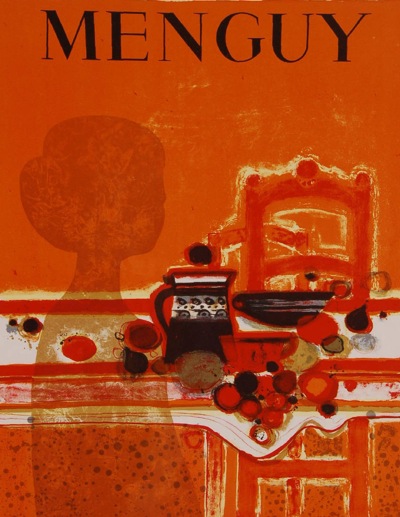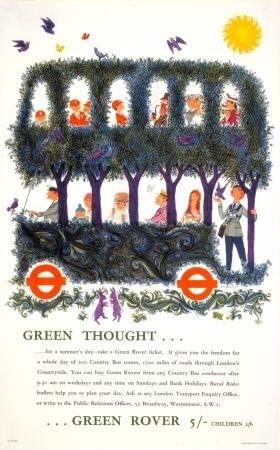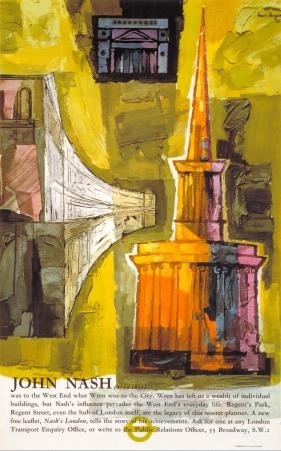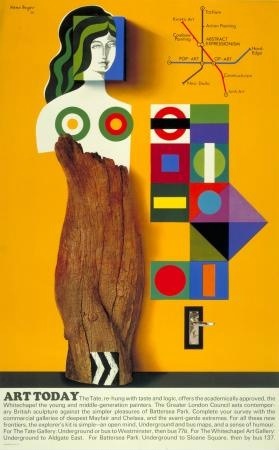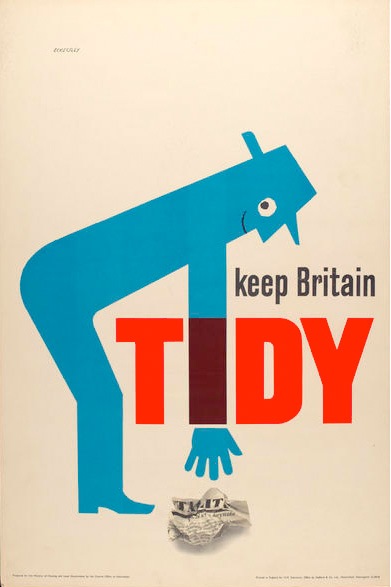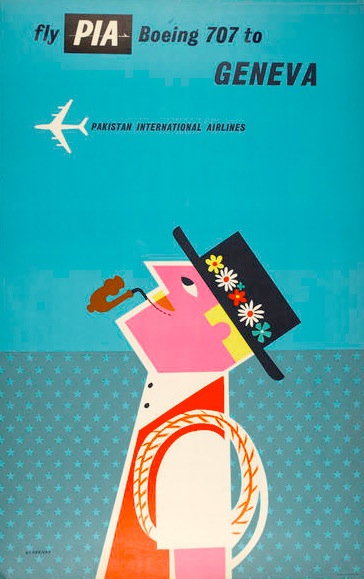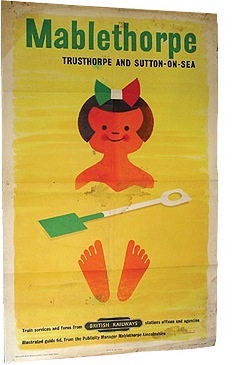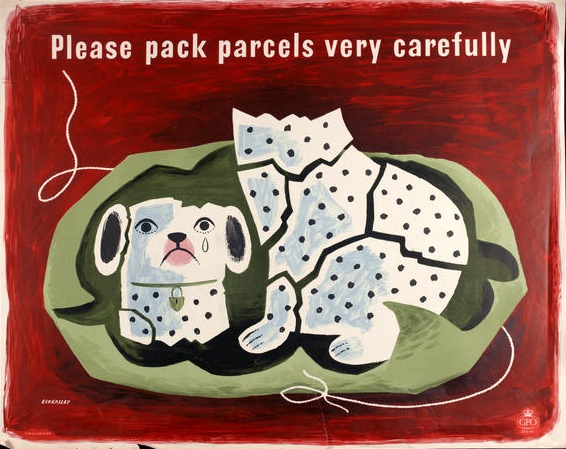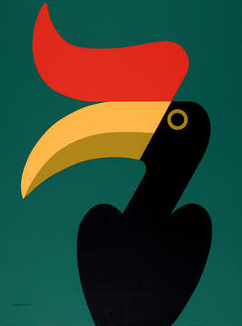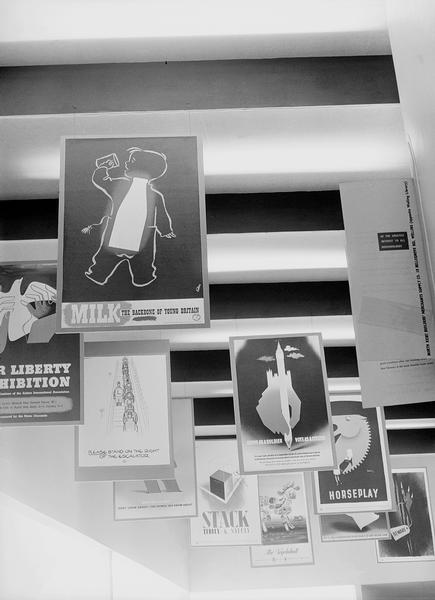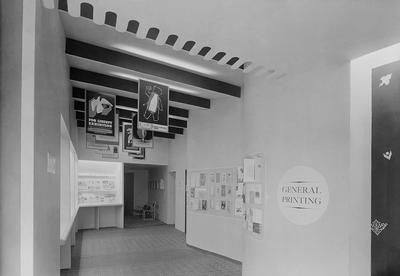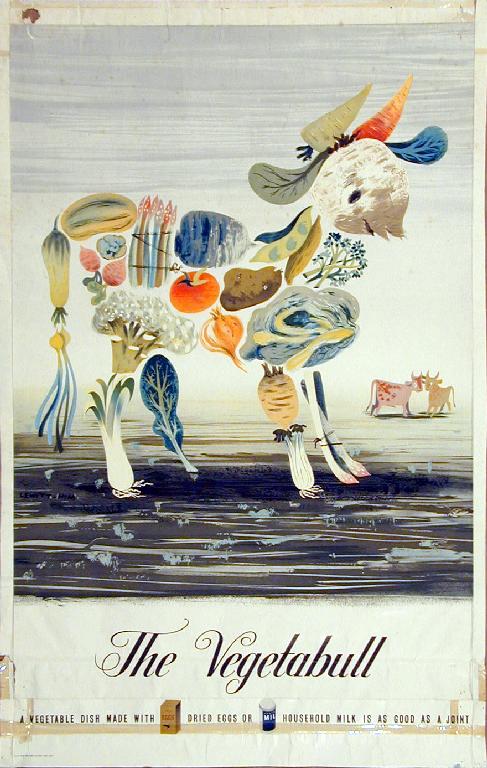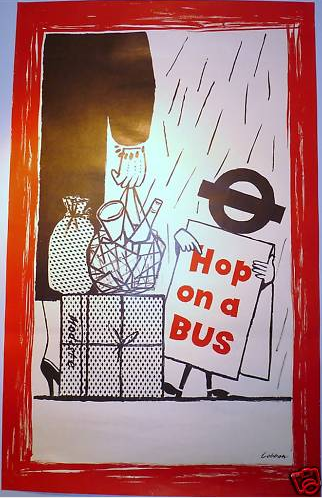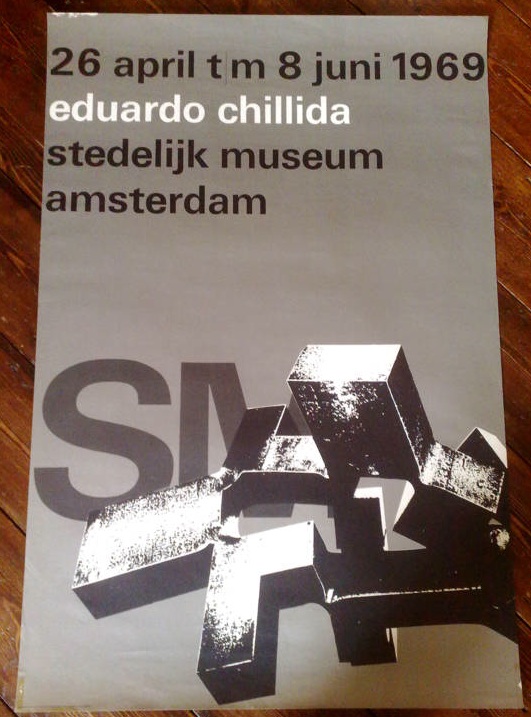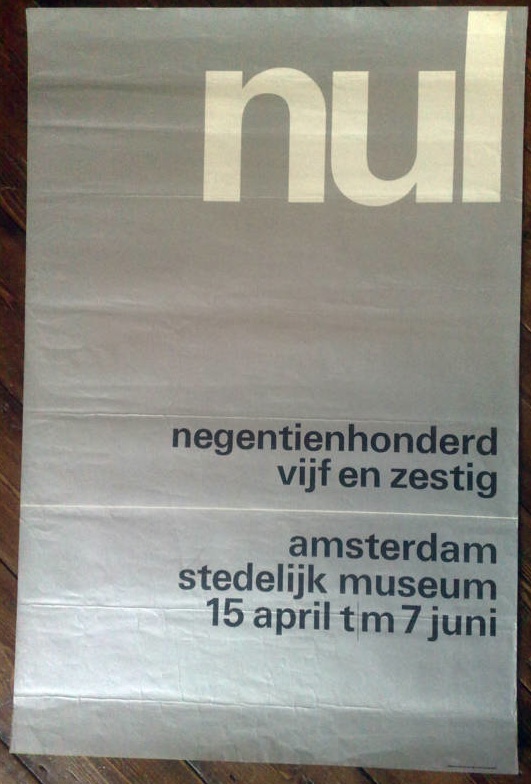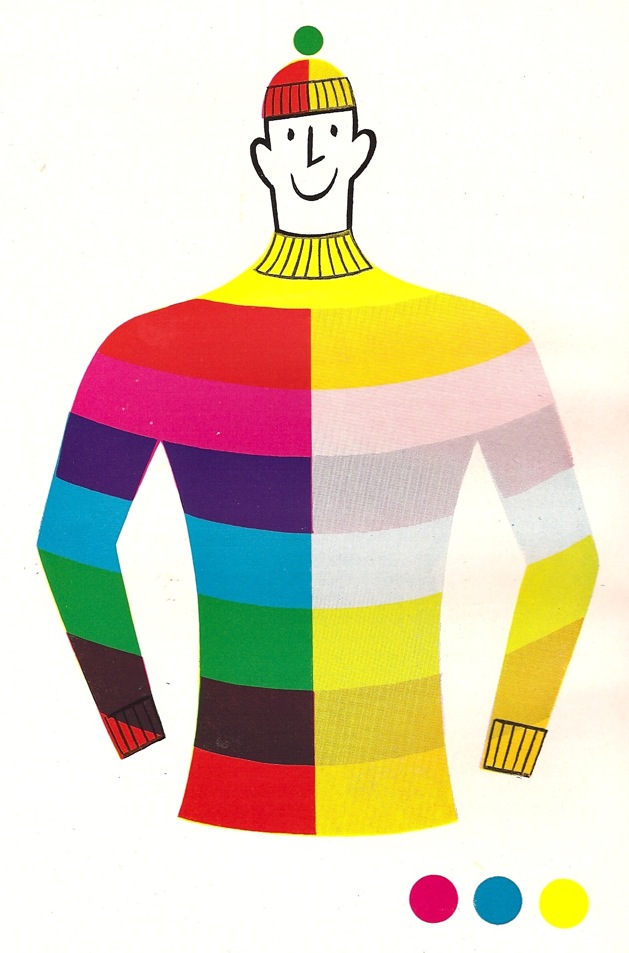Art for all
Tracking down a bargain is hard work these days. There aren’t many to be found at Onslows any more, and even on eBay, something has to be pretty well hidden not to make good money. So pretty much the only pleasure left are the local auctions.
For example this picture and description in Battle:
E R BARTELT London Transport poster print Circa. 1960s, and MENGUY, Colour lithograph poster print, (2), unframed.
also hid this 1961 gem:
Yours for £45, which isn’t bad. And if anyone knows anything about Mr Bartelt, please let me know, as I don’t. (The sale also had a smattering of original railway poster artwork, but it’s hard to get worked up about that at the best of times, and especially not after the art-fest that was Morphets day two.)
There on the other hand, not everything that is hidden turns out to be treasure.
This listing in Essex:
A 1966 Underground poster, by Hans Hunger
30 to 50 (GBP)(I make no comment)
Could have been one of these two:
Mmm, lovely John Nash architecture. I got quite excited for about ten minutes.
But what was on offer was this.
Still went for £42 though, despite the nibbled edges and unprepossessing frame, which goes to show something, even if I don’t know quite what. Does anyone have any views on what Unger is worth? I rather like the late 50s and 60s underground posters (with the exception above), but perhaps that’s just me.
But of course the real lesson from all this is that, thanks to internet listing and on-line bidding, because we can find these things , everyone else can too. So soon there won’t be any bargains at all. Then what shall I do?
